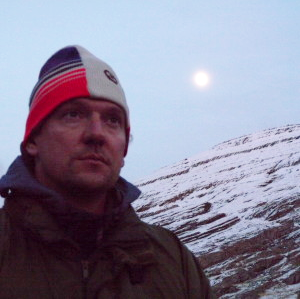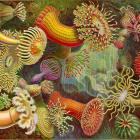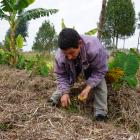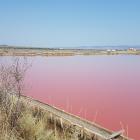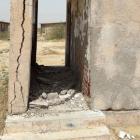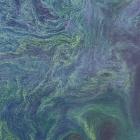Protecting Wild Spaces and Species (Sweden)
Jonathan Carruthers Jones
Jones, Jonathan Carruthers. Protecting Wild Spaces and Species. 2018. HD, 5 min. https://youtu.be/ajAcI0dau00. Video editing by Miriam Remter and Felix Remter (Primate Visions, Munich). CC BY 4.0.
Wilderness. What is it really? It is often argued that there is not a simple answer, but rather that we all have a very individual and personal point of view on this question, based on our life experiences. These experiences vary greatly and as Roderick Frazier Nash famously wrote in Wilderness and the American Mind, “One man’s wilderness is another’s roadside picnic ground” (Nash 1993, 1).
This video takes you on a journey to the Arctic Circle, the Abisko National Park in northern Sweden, where a research project was trying to understand this very question—what is wilderness?
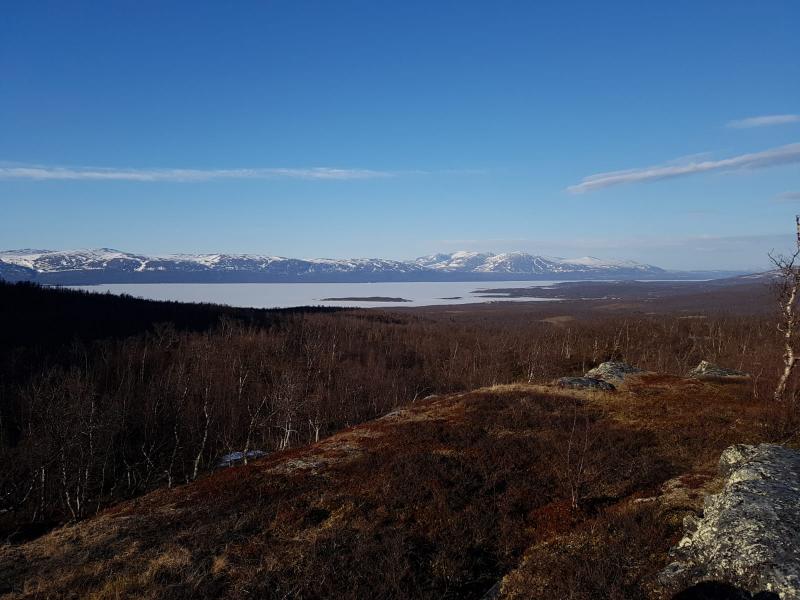
Research walk in Abisko National Park, Swedish Arctic, June 2018. Photograph by Jonathan Carruthers Jones. CC BY 4.0.
Research walk in Abisko National Park, Swedish Arctic, June 2018. Photograph by Jonathan Carruthers Jones. CC BY 4.0.
Photograph by Jonathan Carruthers Jones.
 This work is licensed under a Creative Commons Attribution 4.0 International License.
This work is licensed under a Creative Commons Attribution 4.0 International License.
In order to answer the question, the researchers took people on a walk from an area of sparse wilderness to an area of abundant wilderness, and back. We invited people from all different lifestyles to come on this excursion. We made regular stops along the walk and asked them to tell us how “wild” the landscape was for them, how “wild” did it look, and how “wild” did it sound?
By taking these people on the same walk, we could compare their different opinions and perceptions of wilderness. We could also then compare a “map” of their human point of view with maps of wilderness made by experts using data captured by satellites. We have done similar research projects in the Scottish Highlands and the French Pyrenees mountain regions. Through this work, we have found that even though wilderness is a much contested term—with supposedly lots of personal differences in opinions—people share a lot in common in their views of what wilderness is.
By making maps together in this participatory way, to support conservation decision-making, we argue that the conservation of wild spaces and wild species produces less conflict and, in the long-term, is more effective.
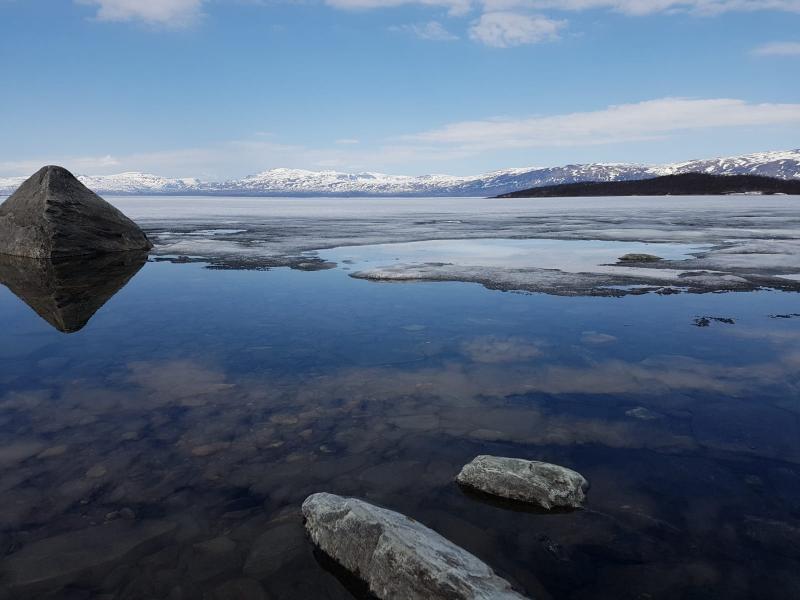
Research walk in Abisko National Park, Swedish Arctic, June 2018. Photograph by Jonathan Carruthers Jones. CC BY 4.0.
Research walk in Abisko National Park, Swedish Arctic, June 2018. Photograph by Jonathan Carruthers Jones. CC BY 4.0.
Photograph by Jonathan Carruthers Jones
 This work is licensed under a Creative Commons Attribution 4.0 International License.
This work is licensed under a Creative Commons Attribution 4.0 International License.
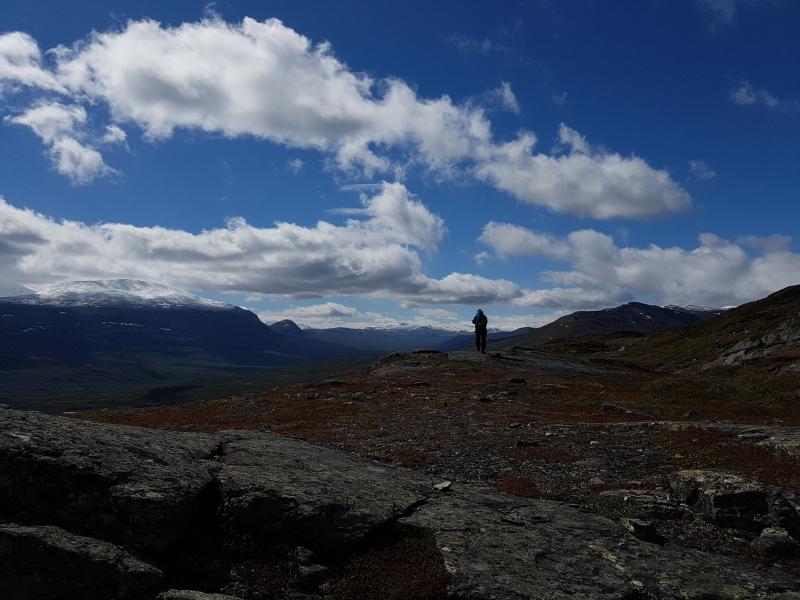
Research walk in Abisko National Park, Swedish Arctic, June 2018. Photograph by Jonathan Carruthers Jones. CC BY 4.0.
Research walk in Abisko National Park, Swedish Arctic, June 2018. Photograph by Jonathan Carruthers Jones. CC BY 4.0.
Photograph by Jonathan Carruthers Jones
 This work is licensed under a Creative Commons Attribution 4.0 International License.
This work is licensed under a Creative Commons Attribution 4.0 International License.
About the author
Jonathan Carruthers Jones is a Marie Skłodowska Curie Doctoral Research Fellow and a research associate with the Wildland Research Institute (WRi) at the University of Leeds. Jonathan’s research focuses on understanding the complex issues which surround how humans and nature interact in wild spaces and how this relates to the long-term success of nature conservation. He explores how we can improve decision-making on the protection of wild spaces and species within the remote and mountainous areas of Europe using a range of participatory tools, visual methods, and integrated in-situ mapping methods. His research sites are in the Scottish Highlands, the French Pyrenees, and the Swedish and Finnish Arctic.


